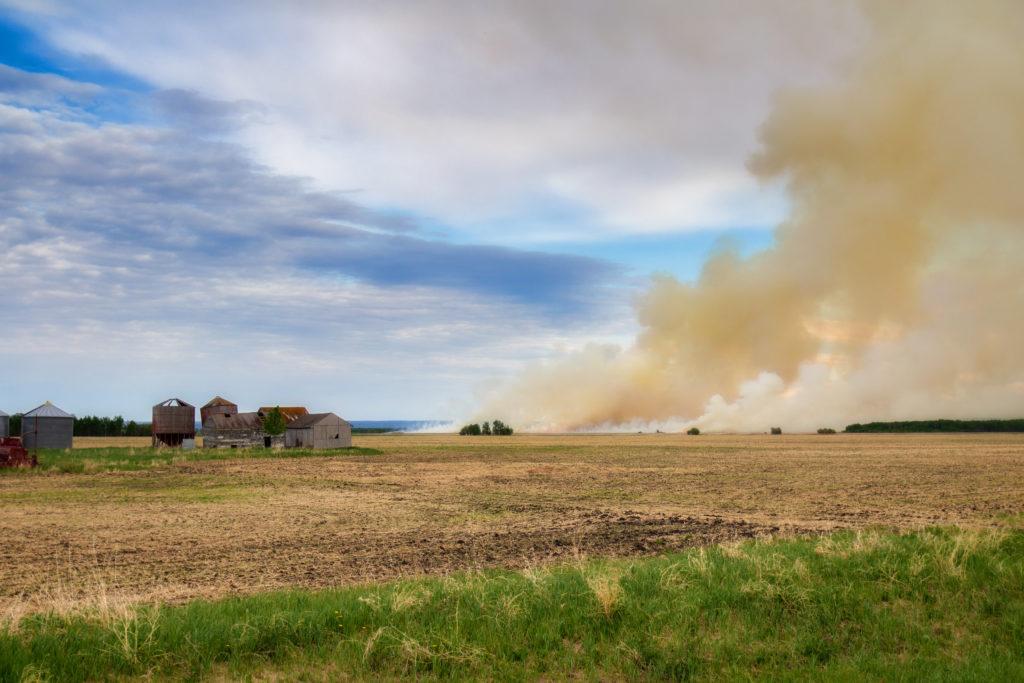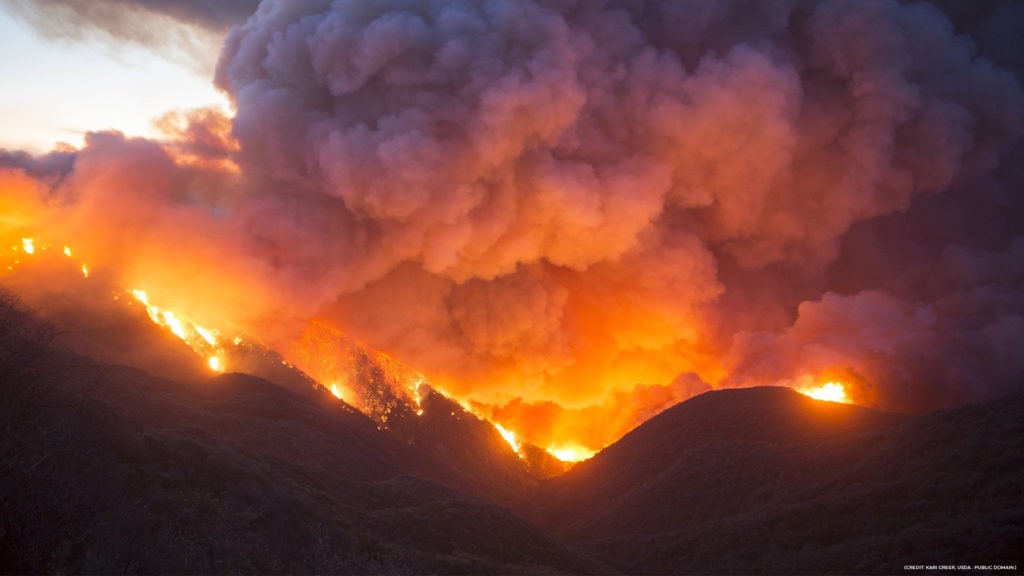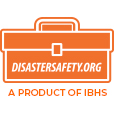Farm and ranch owners face unique risks from the threat of wildfire. Take control before a fire threatens and be Wildfire Ready.
To minimize the potential for damage and loss from a wildfire, it’s important to take actions that will reduce the opportunity for:
- Fire to burn directly to a home or building.
- Windblown embers to ignite items near a building that could result in flames touching and igniting the building.
Consider the vulnerability of all structures and combustible items on the property such as equipment, fences, livestock, housing and storage facilities, and vegetation. All of these are vulnerable to wildfire.
IMPORTANT: No one single action prevents wildfire from causing damage, but multiple actions working together can significantly reduce risks.
Plan for Evacuation

Some types of crops and grazing vegetation typically grown on farms and ranches allow wildfire to move quickly. This potential for rapid fire spread will affect your ability to respond to the fire and evacuate both people and livestock. Preparation is important.
Develop evacuation plans:
- For you and your employees—and conduct practice drills.
- For livestock, including alternative locations for housing animals as appropriate. These areas should have minimal vegetation, such as those that are managed grazing areas.
Protect Structures
- Create a buffer, also known as defensible space or the noncombustible zone, in the 5 feet immediately around structures. This area should be designed and maintained to keep fire or embers from igniting materials and spreading fire to the structure. Ensure yard debris does not accumulate and use hardscape like gravel, pavers, or concrete.
- If your roof is not fire rated, or if you are considering replacing your roof, re-roof with a Class A-rated roofing material.
- To prevent your deck from igniting and spreading fire, do not use the area underneath as long-term storage. When building a new deck, use metal joists and a fire-resistant walking surface.
- Flying embers can enter structures through vents in your attic, roof, gables, and crawlspace. Make sure vents have a metal screen 1/8 inch or finer to resist ember entry.
- If you have combustible siding like untreated wood or vinyl, best practice is to replace it with a noncombustible material like concrete-fiber board, stucco, brick, or stone veneer.
- If you have open eaves, box them in with noncombustible soffit material, and install 1/8 inch or finer metal mesh in the vents.
- Replace your windows with tempered, multi-pane glass windows.

Consider Surroundings
- Create a 10-foot noncombustible zone around the tank, and if possible, relocate the propane tank at least 30 feet from any structure. If relocation is not possible, an alternative solution is to build a concrete wall around two sides of the tank.
- Create defensible space around areas where equipment, fuel, and chemicals are stored. Use approved storage containers. Prepare and post warning signs for hazardous chemicals.
- Where applicable, indicate the locations of septic tanks and leach fields with fencing or other signage.
- Clearly post weight limits for any bridges on the farm or ranch. Reinforce any bridges that cannot support the weight of a fire engine, or provide signed information on alternative routing.
- Farms and ranches by their very nature are located in rural areas and likely away from traditional fire hydrants. Create and maintain water storage capabilities, such as a pond, water tank, or cistern. Work with your local fire department to determine best practices.
- Separate and consolidate combustible materials and equipment.
- Dust can be highly combustible if an excessive amount is allowed to accumulate on surfaces. Minimize dust accumulation on surfaces, including those that may become heated by the regular operation of farm machinery.
DID YOU KNOW?
Embers can travel more than a mile from a wildfire front and create spot fires that can bring wildfire to your property and cause extensive damage.
To prevent damage:
- Create defensible space on your property.
- Perform regular maintenance.
- Use better building materials.







1 Comment